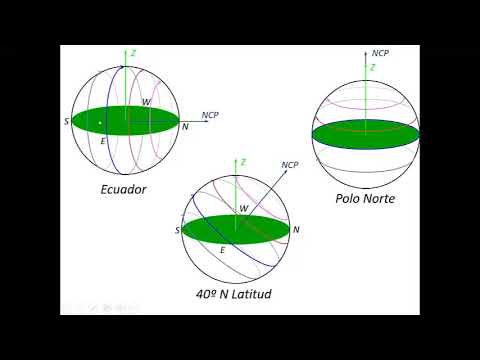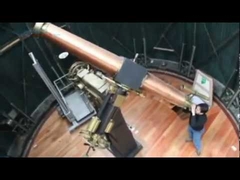Sun Flux Variations Due to orbiting planets: The solar system as a Non-Compact Planetary System
Abstract

We study the photometric phase curves for the planets of our solar system which can be considered as a prototypical non-compact planetary system. We focus on modeling the small variations caused by three effects: reflection, ellipsoidal, and Doppler beaming. Theoretical predictions for these photometric variations are proposed, considering a hypothetical external observer. Unlike similar studies of multi-planetary systems, the physical and geometrical parameters for each planet of the solar system are well-known. Therefore, we can accurately evaluate the relationships that shape the planetary light curves for a fictitious external observer. Our results suggest that, for all planets, the ellipsoidal effect is very weak while the Doppler beaming effect (DBE) is, in general, dominant. In fact, the DBE seems to be the principal cause of variations of the light curves for the planets of the solar system. However, for Mercury and Venus the Doppler beaming and reflection effects have similar amplitudes. The phase curves obtained for the planets of the solar system show new interesting features of interest for the study of other non-compact planetary systems










